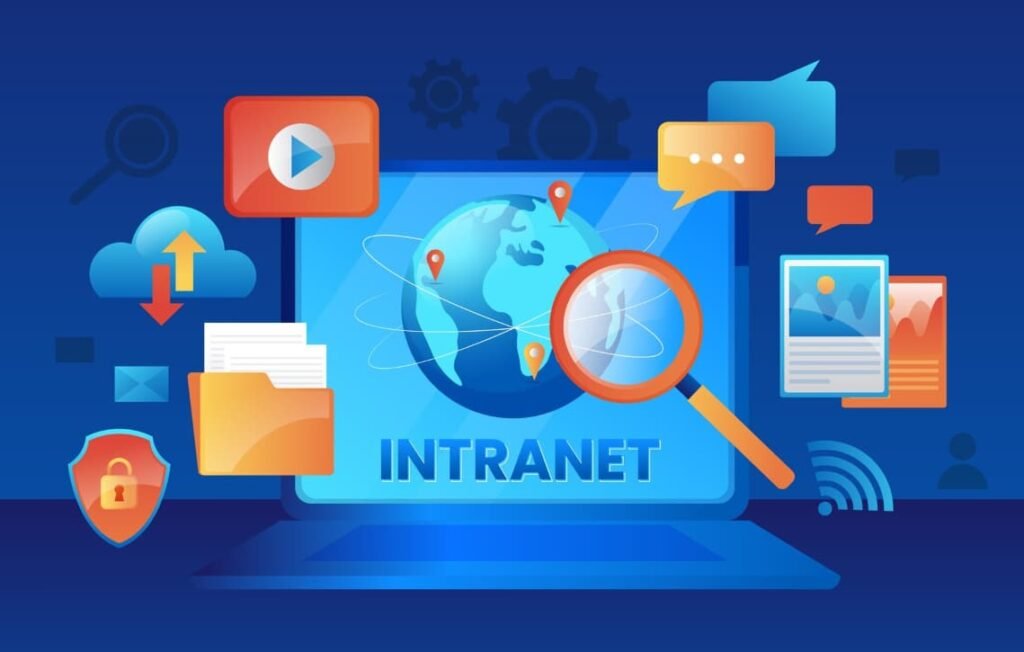When we talk about the address “127.0.0.1:62893,” we are diving into the world of computer networking. The “127.0.0.1:62893” part of this address is what’s known as an IP address, and specifically, it’s one that’s designated for use on your own computer. It’s often called “localhost,” and it’s like telling your computer to look at itself instead of reaching out into the internet.
Table of Contents
This unique address helps developers and individuals test out network services on their own machines without impacting the broader network. For example, if you’re developing a website or a software application, you can use this address to make sure your program is working right before making it live on the internet.
The Role of Localhost in Network Testing and Development
Localhost (127.0.0.1:62893) serves as a testing and development playground for network applications. It is a safe, controlled environment where developers can run software or websites before they go live on the internet. By using localhost, you can ensure that your applications are stable and behave as expected without external factors influencing their behavior.
This local setup is crucial for developers because it allows for rapid testing and debugging. If a developer wants to check how a new website handles traffic, they can simulate the traffic locally without the need to deploy the site live where real users would experience any issues. Localhost acts as a mirror to the real server environment but is completely private, which means no external user can access your development work. This makes it an ideal scenario for initial stages of software and web development.
How to Access Services on Localhost
To access a service running on “127.0.0.1:62893,” you typically need a browser or another client that can connect to that port. Here’s a simple step-by-step guide to do this:
- Open your preferred web browser.
- Type http://127.0.0.1:62893 into the address bar.
- Press Enter, and the service running on that port will respond, if it’s set up to handle HTTP requests.
Alternatively, if the service is not web-based, you might use command-line tools like telnet or ssh to connect, depending on the service’s configuration and protocol requirements.
Security Implications of Running Services on Localhost
Running services on localhost is generally considered safe from external threats since it is not accessible from the internet without specific configurations. However, it is still crucial to follow best practices to ensure security. This includes using strong passwords, regular updates, and monitoring the services for any unusual activity. Developers should also be aware of the potential for internal threats, such as other applications interacting in malicious ways with the services running on localhost.
Troubleshooting Common Issues with Localhost Connections
Sometimes, you might encounter issues when trying to connect to “127.0.0.1:62893.” Here are a few troubleshooting steps:
- Check if the service is running: Use tools like netstat or lsof to verify that the port is open and listening for connections.
- Firewall settings: Ensure that your firewall is not blocking the port.
- Configuration files: Check the service’s configuration files for any errors or misconfigurations that might prevent it from running correctly.
Advanced Configurations and Customizations
For those who need to go beyond basic setup, localhost allows for advanced configurations. For example, you can specify different settings for your development environment to mimic different server environments or to enhance performance for testing purposes. Tools like Docker can be used to create isolated environments that run different services on different ports without affecting the main system.
Conclusion
In conclusion, understanding and utilizing “127.0.0.1:62893” effectively can greatly enhance your development practices. It provides a secure, manageable, and accessible way to test and develop applications right on your local machine. By mastering localhost, you ensure that your applications are robust, perform well, and are ready for live deployment.
This comprehensive guide should provide everything you need to know about using “127.0.0.1:62893” effectively, whether you’re a novice tinkering with new applications or an experienced developer working on complex systems.
Read More hrms globex
